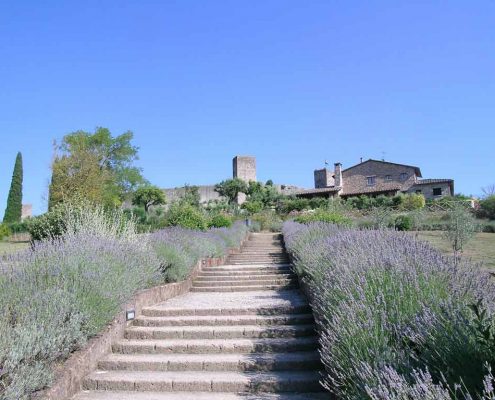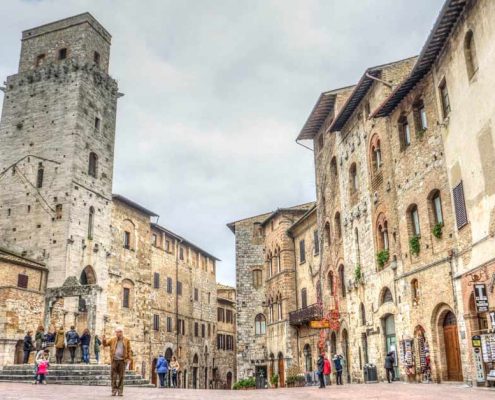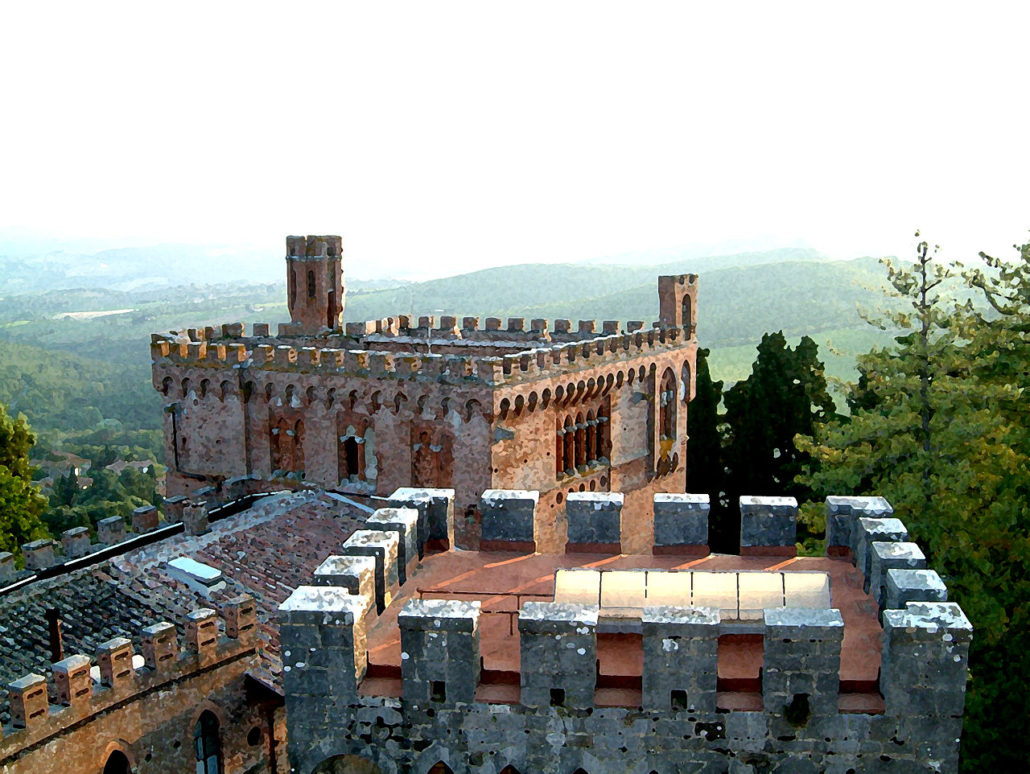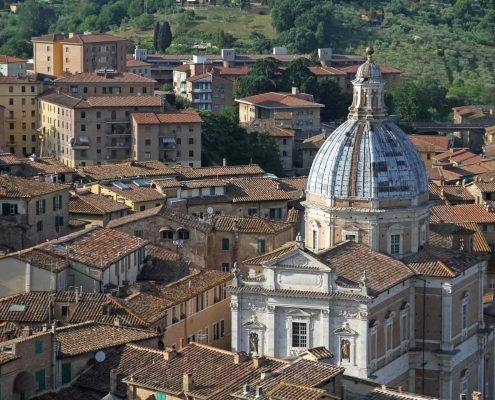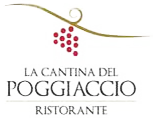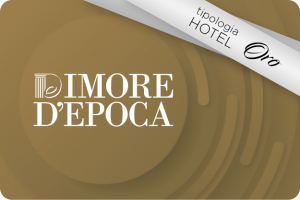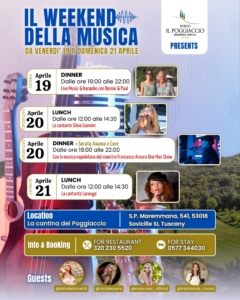The “Gothic dream” Siena, medieval cityscape, has been declared by UNESCO a World Heritage Site since 1995.
Moreover, UNESCO has chosen the figure of the woman in white in the Ambrogio Lorenzetti’s Effects of Good Government (lying in the Civic Museum of Siena), as the universal symbol of peace.
The Via Francigena has had, throughout the Middle Ages, of fundamental importance for Siena, since it developed around the old Hospital of Santa Maria della Scala (which is now a major museum complex), just face to the Duomo, which was a milestone for all those who travelled along this road.
The cathedral, the City Museum, the National Art Gallery, the Museo dell’Opera del Duomo and the Santa Maria della Scala Museum Complex collect masterpieces of Sienese art.
Giorgio Vasari describes the floor of the Duomo “the most beautiful …, grand and magnificent … that was ever done”, with its 56 marble panels inlaid and graffiti painted between 1369 and 1547 and designed by artists such as Matteo di Giovanni and Domenico Beccafumi and Pinturicchio.
Nicola Pisano created the grand pulpit, his son Giovanni Pisano the facade sculptures, Donatello a statue of the Baptist and the tombstone of Giovanni Pecci.
Michelangelo sculpted St. Peter and St. Paul, St. Pius and St. Augustine for the Piccolomini altar.
Gian Lorenzo Bernini sculpted Mary Magdalene and St. Jerome in the Chapel of the Vow, where the Madonna del Voto attributed to Dietisalvi di Speme, to whom the people of Siena are traditionally very devoted.
And how not to mention the Piccolomini Library, a highly significant monument for the frescoes by Pinturicchio.
Sansedoni Palace, (Sienese family who commissioned its construction in the mid-thirteenth century) now houses the Fondazione Monte dei Paschi di Siena and within it stands the baroque chapel dedicated to Blessed Ambrogio Sansedoni.
Siena also was Italian Capital of Culture 2015.






